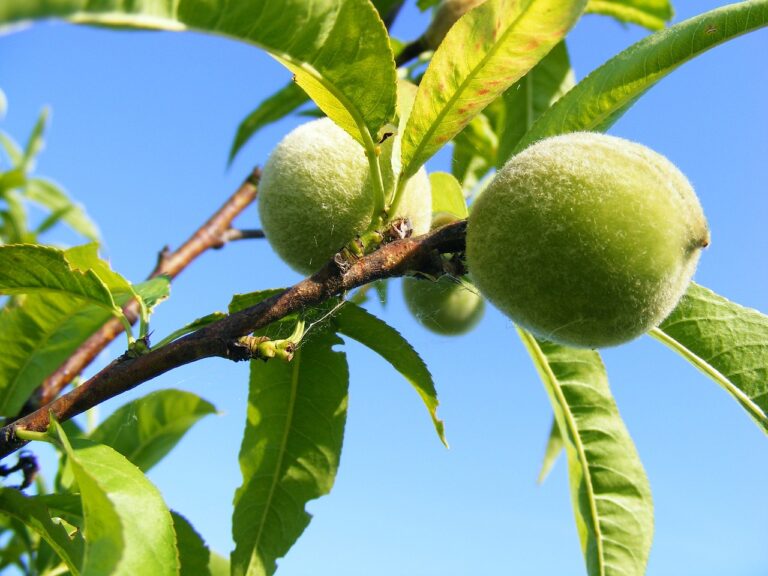Sustainability Practices in Cricket Equipment Manufacturing: Sky247, Gold365 login, Gold 365 site sign up
sky247, gold365 login, gold 365 site sign up: Cricket is a beloved sport played by millions of people around the world, but have you ever stopped to think about the impact that cricket equipment manufacturing has on the environment? From bats and balls to pads and helmets, there are many different pieces of equipment that go into playing the game. As the demand for cricket gear continues to rise, it’s crucial for manufacturers to adopt sustainable practices to reduce their environmental footprint.
One of the key areas where sustainability practices can be implemented in cricket equipment manufacturing is in the choice of materials. Many manufacturers are now turning to more sustainable options such as bamboo or recycled materials to create their products. Bamboo is an excellent alternative to traditional woods like willow for cricket bats, as it is a fast-growing and renewable resource that requires minimal water and pesticides to grow. Meanwhile, using recycled materials helps to divert waste from landfills and reduce the need for new resources.
In addition to using sustainable materials, manufacturers can also focus on reducing waste and energy consumption in their production processes. By implementing more efficient manufacturing techniques and recycling excess materials, companies can minimize their environmental impact. Some manufacturers are even turning to renewable energy sources like solar or wind power to power their factories, further reducing their carbon footprint.
Furthermore, companies can also look to implement sustainable packaging practices to reduce the amount of plastic waste generated by their products. From using biodegradable or compostable packaging materials to designing packaging that can be easily recycled, there are many ways that manufacturers can make their cricket equipment more eco-friendly.
But sustainability in cricket equipment manufacturing isn’t just about the materials and production processes it’s also about the end of life of the products. Manufacturers can design their equipment to be more durable and long-lasting, reducing the need for frequent replacements. They can also offer repair and recycling programs to extend the lifespan of their products and keep them out of landfills.
Overall, sustainability practices in cricket equipment manufacturing are crucial for preserving the environment and ensuring a bright future for the sport. By choosing eco-friendly materials, reducing waste and energy consumption, implementing sustainable packaging practices, and designing products for longevity, manufacturers can make a positive impact on the planet.
FAQs
Q: Are sustainable cricket products more expensive?
A: While some sustainable cricket products may have a higher upfront cost, they are often more durable and long-lasting, saving money in the long run.
Q: Can I recycle old cricket equipment?
A: Many manufacturers offer recycling programs for old cricket equipment, or you can donate it to organizations or clubs in need.
Q: How can I tell if a cricket product is sustainable?
A: Look for certifications like FSC (Forest Stewardship Council) or labels indicating the use of recycled or eco-friendly materials.







